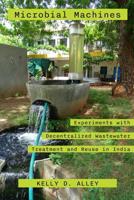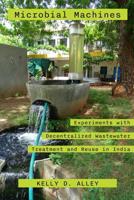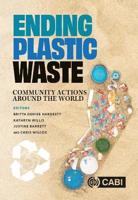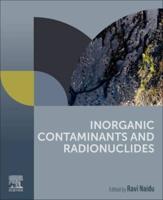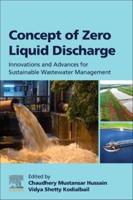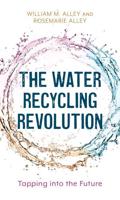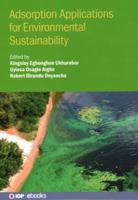Publisher's Synopsis
Over the past 200 years, many of the channels that drain to San Francisco Bay have been modified for land reclamation and flood management. The local agencies that oversee these channels are seeking new management approaches that provide multiple benefits and promote landscape resilience. This includes channel redesign to improve natural sediment transport to downstream bayland habitats and beneficial re-use of dredged sediment for building and sustaining baylands as sea level continues to rise under a changing climate. Flood Control 2.0 is a regional project that was created to help develop innovative approaches for integrating habitat improvement and resilience into flood risk management at the Bay interface. Through a series of technical, economic, and regulatory analyses, the project addresses some of the major elements associated with multi-benefit channel design and management at the Bay interface and provides critical information that can be used by the management and restoration communities to develop long-term solutions that benefit people and wildlife.This Flood Control 2.0 report provides a regional analysis of morphologic change and sediment dynamics in flood control channels at the Bay interface, and multi-benefit management concepts aimed at bringing habitat restoration into flood risk management. The findings presented here are built on a synthesis of historical and contemporary data that included input from Flood Control 2.0 project scientists, project partners, and science advisors. The results and recommendations will help operationalize many of the recommendations put forth in the Baylands Ecosystem Habitat Goals Science Update (Goals Project 2015) and support better alignment of management and restoration communities on multi-benefit bayland management approaches.

